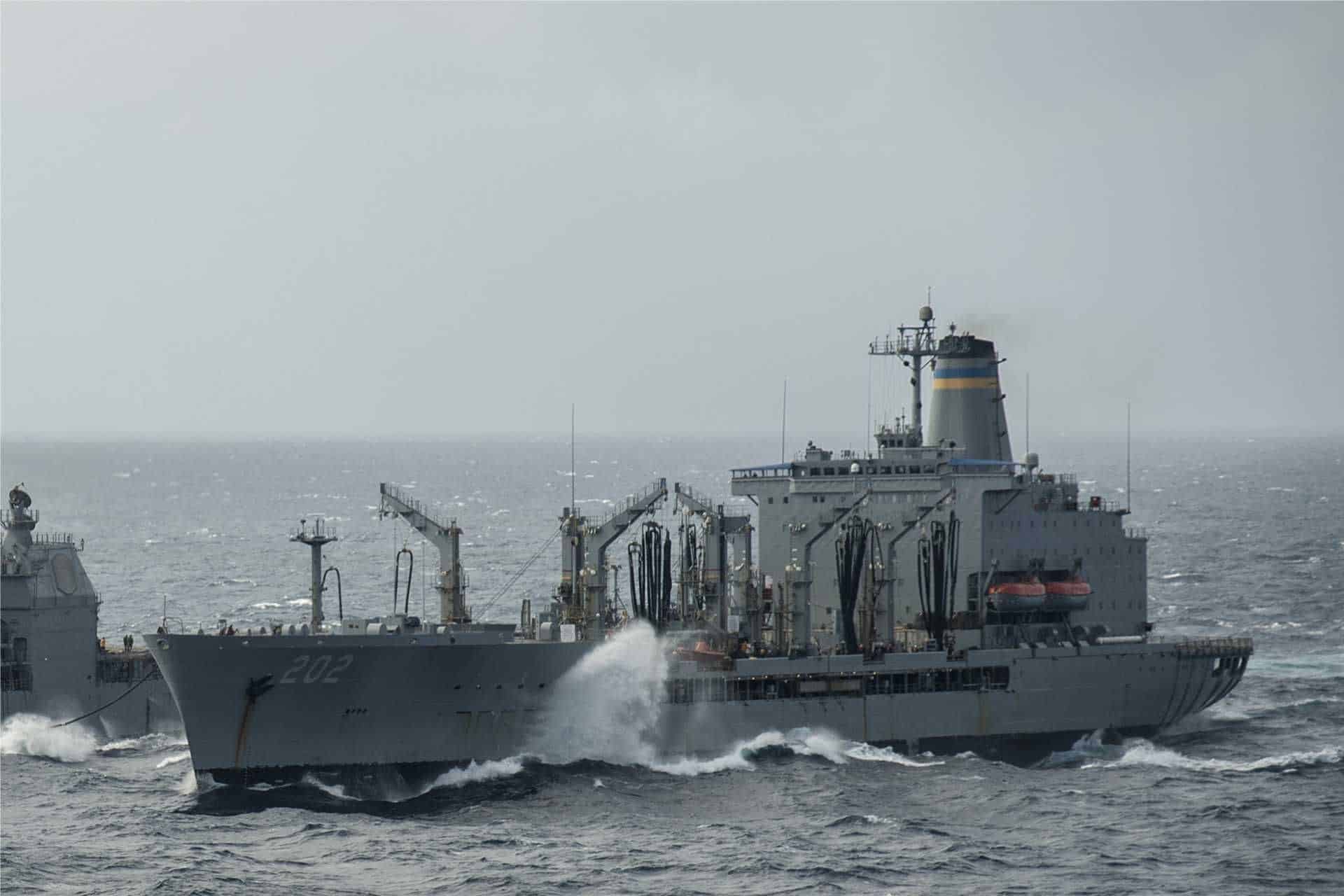US and South Korea Forge Shipbuilding Alliance

In a significant development for the maritime industry, South Korea has proposed a bold initiative to revitalize the United States’ shipbuilding sector. This comes as the U.S. faces increasing competition from China, which has rapidly expanded its naval capabilities and shipbuilding dominance. The South Korean proposal, dubbed “Make America Shipbuilding Great Again,” could reshape the future of American maritime power through a substantial investment and collaboration.
South Korea’s Investment Proposal
In a bid to bolster the U.S. shipbuilding industry, South Korea has pledged $150 billion as part of its proposal during the 2025 tariff negotiations. This investment aims to upgrade American shipyards, enhance workforce training, and alleviate maintenance backlogs within the Navy. South Korean shipbuilders are recognized for their expertise in modular construction and timely delivery, and this partnership would bring essential capital and skills to U.S. facilities without undermining domestic industry.
However, for this initiative to succeed, the U.S. must address existing workforce and legal challenges. Currently, there is a lack of clear pathways for skilled foreign specialists who are crucial for installing equipment and training crews. A recent incident in Georgia, where over 300 South Korean technicians were detained, highlighted the fragility of the current system. Following this event, South Korean President Lee Jae-Myung expressed concerns that companies might hesitate to expand in the U.S. without a reliable visa process.
Despite these challenges, there is a glimmer of hope. The American Chamber of Commerce in Korea recently hosted a business roundtable where U.S. Deputy Secretary of State Christopher Landau emphasized the importance of Korean investment in achieving President Trump’s vision for the U.S. economy. Subsequent discussions between the two nations led to the establishment of a “Korean Investor Desk” at the U.S. Embassy in Seoul, aimed at streamlining visa issues for South Korean firms.
Navigating Legal Hurdles
While the investment proposal holds promise, legal barriers also pose significant challenges. The Byrnes–Tollefson Amendment and the Jones Act impose restrictions on foreign partnerships in U.S. shipbuilding. These laws prevent the construction of U.S. Navy hulls overseas and require that ships transporting cargo between U.S. ports be built domestically. Although these regulations do not outright ban foreign investment in U.S. facilities, they create uncertainty regarding the extent of cooperation allowed.
Korean officials have indicated that these legal hurdles can be navigated. During a recent forum in Washington, Korean Defense Acquisition Minister Seok Jong-gun outlined potential solutions, including supplying components from Korea for U.S. use and assembling parts in American shipyards. The willingness of companies like HD Hyundai Heavy Industries to invest in U.S. partnerships demonstrates that these legal challenges can be addressed through clear guidelines and cooperation between the two governments.
As the U.S. and South Korea move forward, the urgency to act is palpable. With the maritime landscape evolving rapidly, the collaboration between these two allies could be pivotal in ensuring that the U.S. maintains its competitive edge in shipbuilding. The recent establishment of the U.S.-ROK visa working group and the Korean Investor Desk marks a crucial step toward fostering a robust partnership that could reshape the future of American maritime power.
